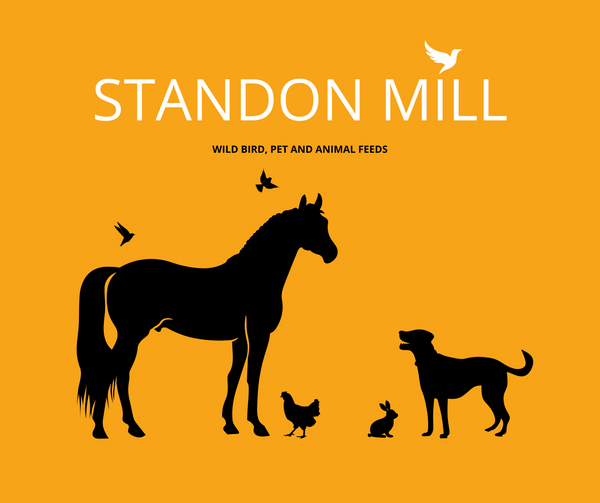The Cuckoo comes in April,
She sings her song in May,
In leafy June, she changes her tune,
And in July she flies away.
The enchanting call of the cuckoo is a familiar sound in the British countryside, marking the arrival of spring and stirring a sense of wonder among nature enthusiasts. These remarkable birds are not only renowned for their distinctive call but also for their intriguing behavior as brood parasites. In this blog post, we'll delve into the world of cuckoos in the UK, exploring their migration, habitat, behavior, and conservation status.
Migration Patterns:
One of the most fascinating aspects of cuckoos in the UK is their impressive migration journey. These birds undertake an extraordinary round-trip migration of thousands of miles each year. They spend their winters in Africa, south of the Sahara, and make their way back to the UK in the spring to breed. Cuckoos arrive in the UK from late April to May, adding their melodious calls to the soundscape of woodlands, heathlands, and meadows.
Habitat Preferences:
Cuckoos in the UK are primarily found in open woodland areas, particularly those with a diverse range of tree species. They are also commonly spotted in lowland farmlands, heathlands, and moorlands. Cuckoos are known for their agility and remarkable camouflage, which allows them to blend seamlessly into their surroundings.
Breeding Behavior:
Cuckoos have a unique and cunning reproductive strategy. Unlike most birds, they do not build nests or raise their own young. Instead, female cuckoos carefully select the nests of other bird species, known as hosts, to lay their eggs. They are particularly partial to species such as meadow pipits, reed warblers, and dunnocks. The female cuckoo removes one of the host's eggs and replaces it with her own, relying on the host bird to incubate and raise her chick. The young cuckoo typically hatches earlier and is known for evicting the host's eggs or chicks from the nest, ensuring it receives all the attention and food from its unsuspecting foster parents.
Conservation Concerns:
Cuckoos in the UK face several challenges that affect their population numbers. One significant concern is the decline in suitable habitat due to changes in land use and the intensification of agriculture. The reduction in available food sources, such as caterpillars, is another critical factor affecting cuckoos, as these insects are essential for the survival of their chicks. Climate change and the impact on migration patterns and food availability also pose threats to cuckoo populations.
Conservation Efforts:
Several organizations and initiatives are dedicated to the conservation of cuckoos and their habitats in the UK. One notable project is the British Trust for Ornithology's (BTO) Cuckoo Tracking Project, which uses satellite tags to monitor cuckoo movements and migration routes. This research provides valuable insights into their migration patterns, stopover locations, and wintering grounds, enabling scientists to identify conservation priorities and implement targeted measures.
Conclusion:
Cuckoos in the UK are remarkable birds that captivate our imagination with their unique behavior and beautiful calls. Understanding their migration patterns, habitat preferences, and breeding strategies allows us to appreciate their extraordinary journey and the challenges they face. By supporting conservation efforts and creating suitable habitats, we can contribute to the preservation of these iconic birds and ensure that future generations can continue to marvel at their presence in the British countryside. So, keep your ears tuned for the familiar call of the cuckoo, a true herald of spring in the UK.

